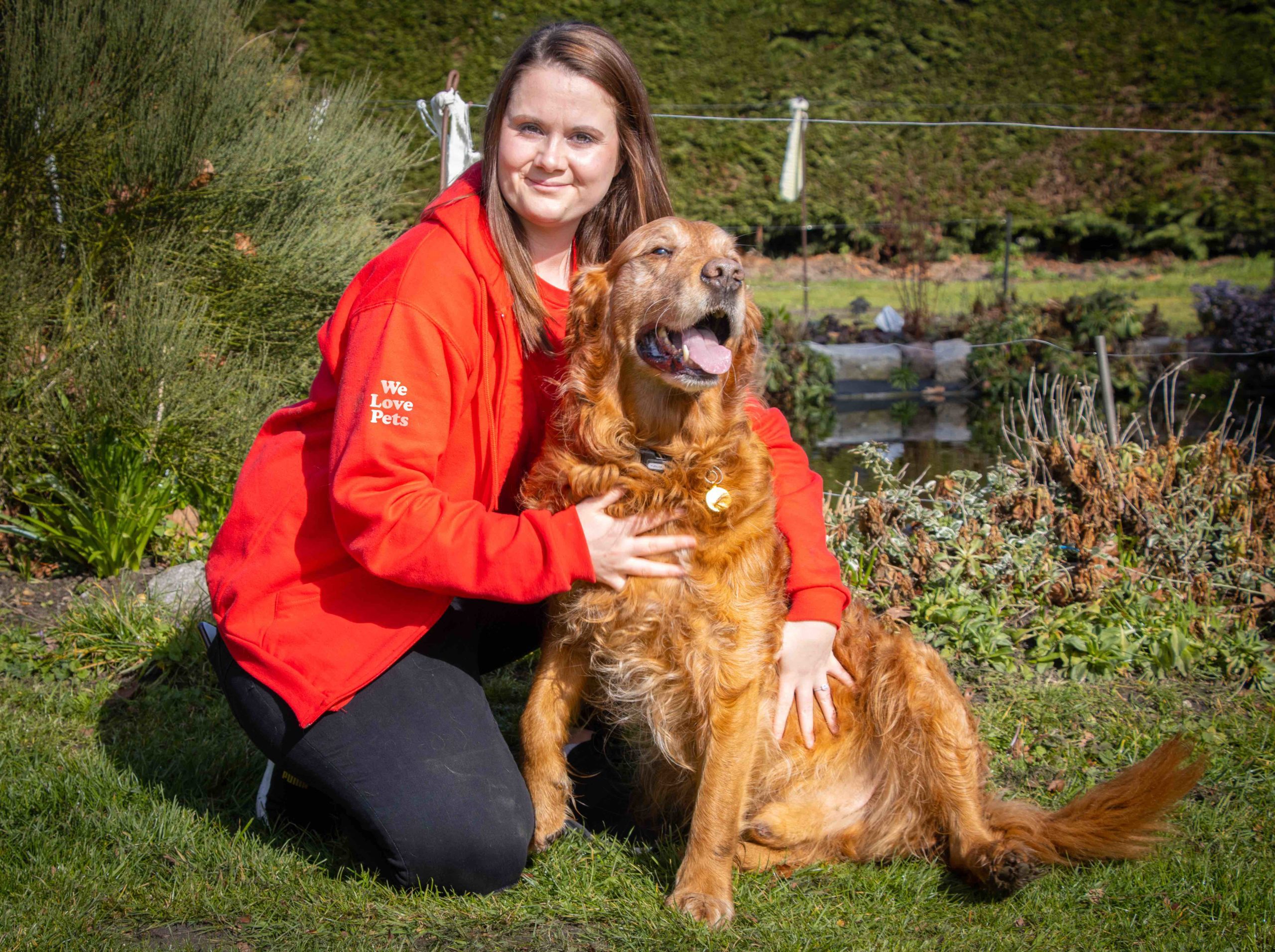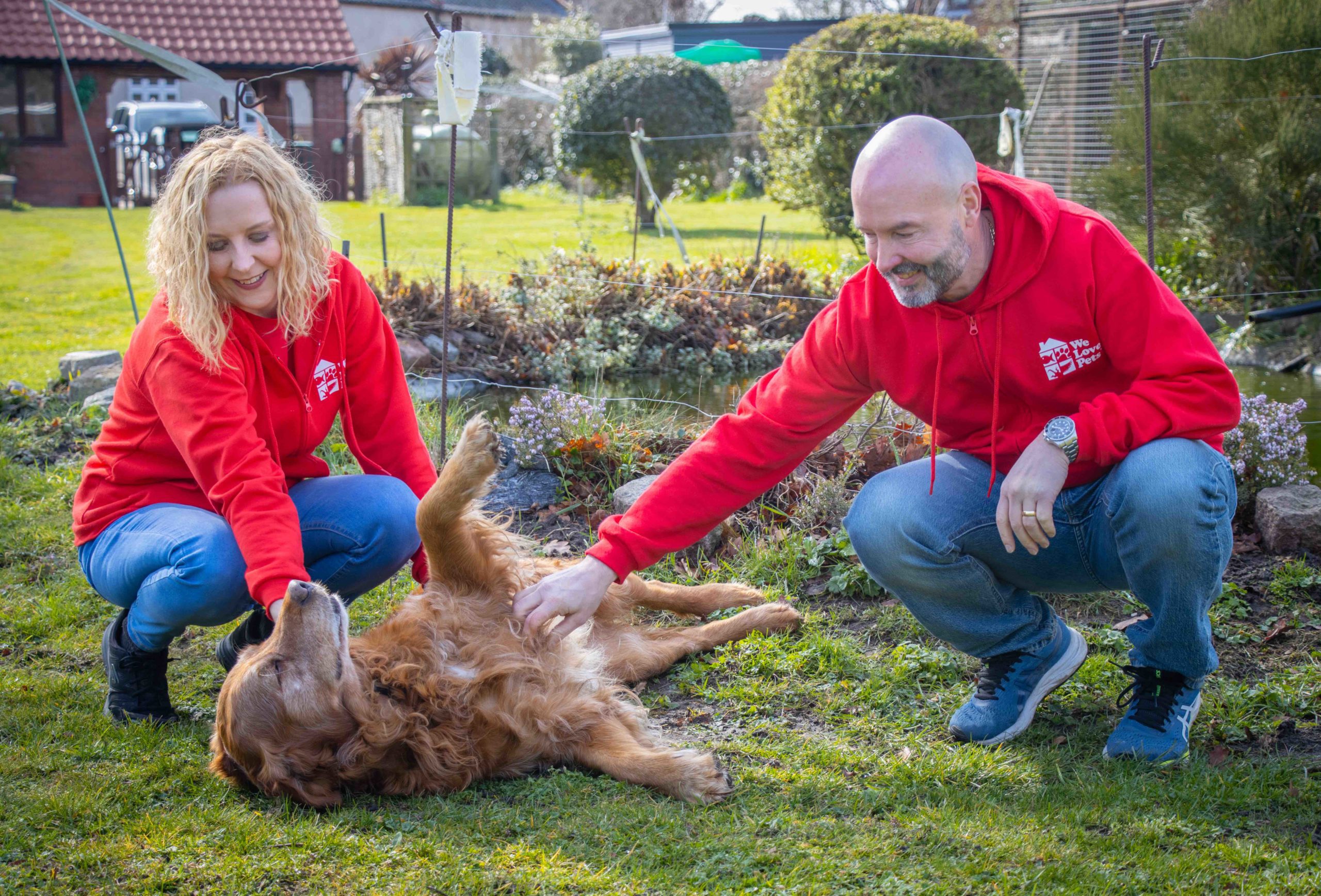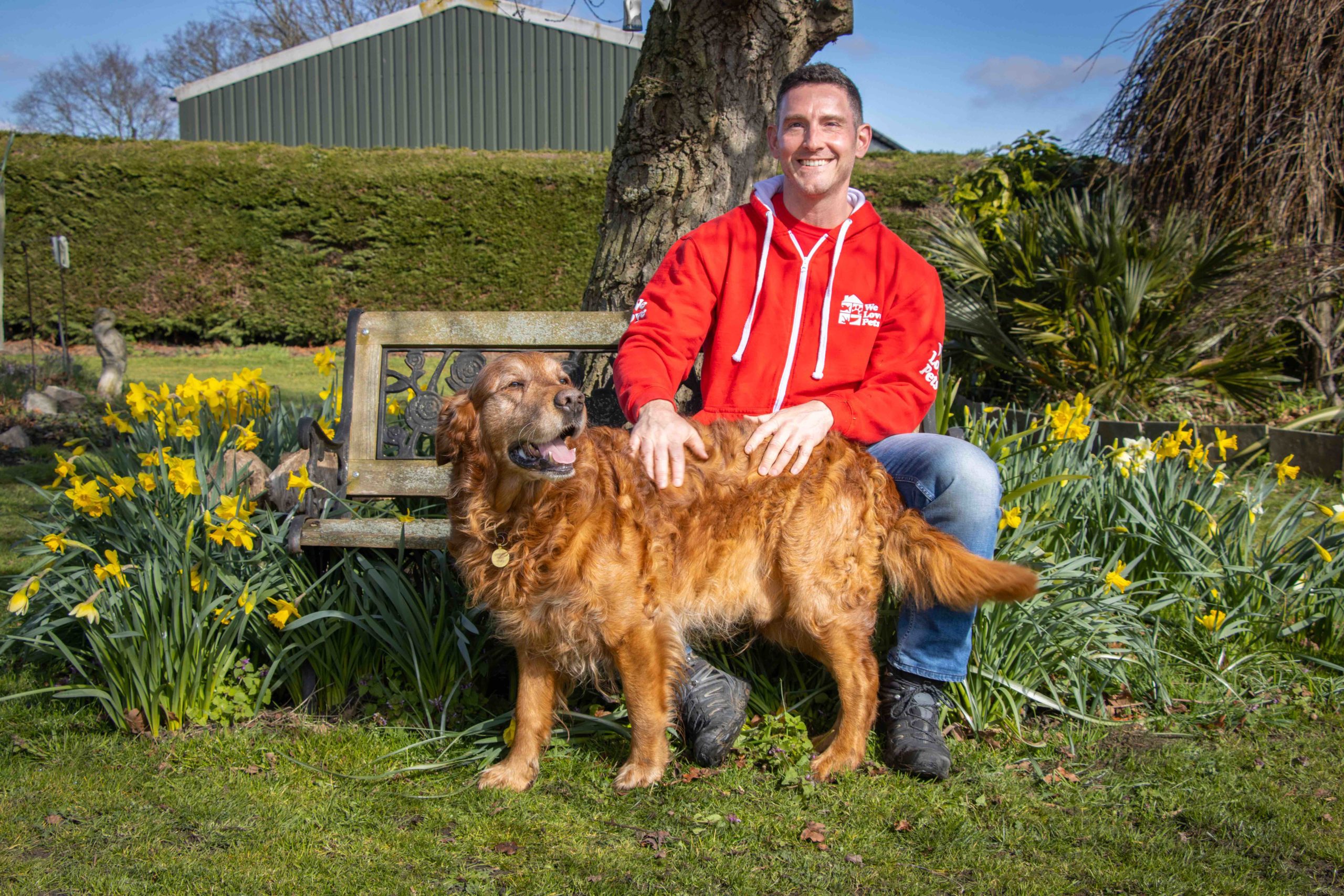It’s essential to ensure that your dog gets plenty of exercise every day. While a walk around the neighbourhood is better than nothing, they should get the chance to run and explore off the lead. They’ll burn more energy off lead since they get the physical exercise of simply running quicker than you can and the mental exercise from exploring the smells more deeply than they could simply on a lead. This combination of both will keep them happy and healthy.
Lots of dog owners can really struggle to teach the recall command, especially if the dog is particularly stubborn (a trait lots of terriers seem to have) or if the dog has been adopted older and was never taught as a pup. It is easier to teach recall when your dog is young, but no matter how stubborn and grumpy they might be, they can still learn at any age.
Getting your dog to respond to recall commands requires lots of training, management, and maintenance of your set training rules. Don’t stop the command while they are still learning it, or they might just grow to ignore the command. Making sure your dog can reliably respond to recall could be the difference between life and death if your dog is loose and heading for busy roads. Try to make sure that you can predict a good chance of recall before heading out to busier places, and practice somewhere safe while they’re still learning, as much as you can control. Dogs that respond to basic call commands will generally have happier walks and more freedom outside since you won’t feel the need to keep them tightly under wraps, only needing to be put on the lead while around other animals, roads and built-up areas.
A Step-by-Step Guide to Effective Recall Training
Patience. Consistency. Positive reinforcement.
These are the three most important things to remember when teaching a recall command. The basic command should be relatively easy to teach to begin with since when you have a treat in hand, your dog will likely be thrilled to come to your side. The difficulty comes when you move outside and try longer distances since there are so many more distractions. Use treats, don’t chase them and avoid distractions. Keeping their attention will help them pick up and maintain recall skills if you can keep their attention.
Pick a command, such as “come” or “here”, and stick to it (if the family is likely to get in on the walking too, make sure they know the command word too. And if you find a dog walker through us to walk them on your busy days, make sure to tell the walker the command too). It might be worth using a whistle for recall since it can be heard much further than your voice. It might also be helpful if your voice isn’t particularly assertive while trying to recall your dog (for example, if you are one of us that tends to get a bit squeaky while trying to call out a little louder), as it will also be firm enough that your dog knows it’s a command, not a suggestion. Ensure that whenever your canine companion comes to you, you give them a treat.
Once they have gotten used to responding to the command at a shorter distance, such as in the garden or across the living room, you can try them at a longer distance. Use a happy voice, no matter how long it takes them to listen. When they do come back, gently take hold of their collar and give them a treat. Reward them even if it takes them time to come back. Let them go back to playing while you are training them like this unless you come across a situation where they need to be kept back, but keep it fun.
Practice the command until recall works from any distance. Maintain practice of recall. If possible, do training with them every day. Keeping up the habit of practice will really help drill in the command until it comes as second nature. Call them back at different distances from you, but don’t let them get so far that they won’t hear you when you call.
Keep training fun. If you only use the command when you’re about to put them back on the lead they will likely come to resent the command as a negative one. Keep their lead in the other hand, perhaps behind your back, and they won’t think playtime is up and simply ignore you. Using your happy voice will make sure training stays fun for your dog, since the voice will get them a little more excited and happier to be learning!
Unless you are 90% certain they will come back when you call, don’t give them the command which will avoid them simply learning how to ignore you. Set them up for success, and only call them when you know they will respond, otherwise you will simply be wasting your breath. You also won’t want to repeat the command repeatedly if they are clearly ignoring you. Instead, try running in the opposite direction or go back to basic training with no distractions.
It’s best to not keep practicing in the same environment if your dog isn’t responding to commands there. They will learn that if they behave and come when you call them, they get treats, and if they don’t behave, they aren’t allowed to run around as much. It’s not so much negative reinforcement, just simply making sure that they understand the basics of training fully before moving onto practice while out and about.
Training your pup to come when called might seem like a tedious and long-winded task, but it is very worth it, for both your peace of mind and the safety of your dog. We Love Pets dog walkers have training in making sure that dogs can be recalled before letting them off, so you can be sure that if you can’t walk your dog, we can support your dog and their regular training when out with them.
Find out more about our Dog Walking Services.




